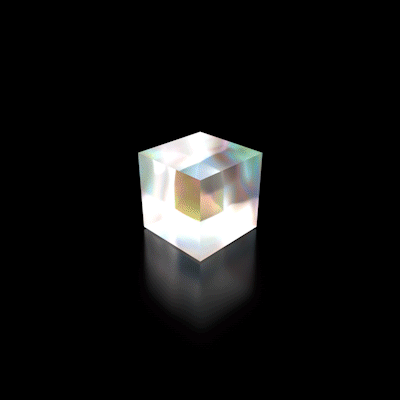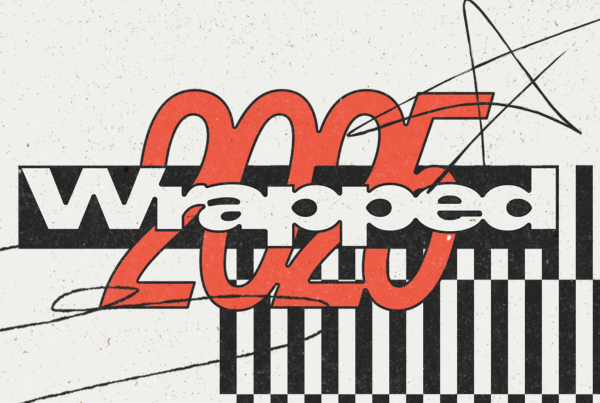How to evaluate diamond quality is one of the first things any customer should know before purchasing a piece of jewelry that has diamonds in it. For example, many who are looking for an engagement ring have little to know idea what sort of factors they should look out for beyond how “shiny” it might appear (and perhaps the shape).
The factors most commonly considered that can help to enrich your diamond education are the “Four Cs”. These are cut, color, clarity and carat weight. By having these in the back of your mind when making a purchase, you can pick a valuable stone with confidence.

Cut
Contrary to what many may think, the “cut” doesn’t refer to the shape of a diamond. Proportions, symmetry and “polish” are what is considered when talking about the cut. In this sense, the beauty of a diamond is therefore going to depend very much on the cut. It is a large factor when considering how it reflects light. The three primary effects that this will have on the stone are “brilliance” (creating by reflection), “fire” (dispersion of light into the colors of the spectrum) and scintillation (flashes of light and dark, often seen as a “sparkle”).
Color
Diamonds can come in many different colors. “Prized” colors are often pinks, blues and sometimes yellow. A factor that adds to the value of a white diamond is how much body color it has. Should it have less body color, it will reflect more of its true color. This will then up the value considerably. Warning: When choosing engagement rings, the color can become much harder to detect.
Clarity
The “clarity” of a diamond refers to factors that can be divided into two categories: inclusions (internal characteristics) and blemishes (surface defects). Inclusions can include other crystals set in the stone, or small cracks and clouds and other structural imperfections. Color, size and number of these factors will add to the overall result that affects the diamond’s clarity. The diamond’s value is then based on how much of this can be seen under a certain magnification.
While important to consider when buying a piece of jewelry, you may also want to consider it a matter of taste. However, do keep this in mind when considering the price of the stone.

Carat Weight
Weight, rather than size, is what is considered when measuring carats. Bear in mind that “karat” is a term used to determine gold purity, which has nothing to do with diamonds. One carat is 0.2 metric grams. To round up the previous points, two diamonds of the same weight can end up having very different values indeed depends on how the cut, clarity and color combinations affect the stone.
You don’t have to be a gemologist to pick the right kind of diamond. Taking your time to do some research and educate yourself will pay off and help you find something valuable. Whether a present for yourself or a gift for a loved one, informing yourself can go a long way.




























































